Is that the smell of a skunk? Nope! It’s weed! New York finds itself in a unique position as one of 24 U.S. states to have legalized recreational marijuana. Its legalization and use now seem completely normal to many here. But how did we get to this point?
Early Stoners
Until the early 20th century, marijuana use in the U.S. went mostly unregulated, according to the Rockefeller Institute of Government. Britain actually encouraged colonists to grow hemp, as it was used in the production of goods such as paper and cloth. Marijuana was also used as an ingredient in medicines for illnesses such as cholera, dysentery, alcoholism and asthma. Recreational smoking of marijuana in the U.S. likely began here.
The first national regulation of marijuana was the 1906 Pure Food and Drug Act, which required drugs containing cannabis to be labeled as such. As a result, 29 states passed marijuana bans.
The Crackdown
According to the textbook, “Criminal (In)justice”, the use of marijuana and its criminality have long been linked closely to race. Many have considered it a “ghetto drug” and a danger to white Americans. Harry Anslinger, head of the Federal Bureau of Narcotics in the 1930s, purposefully linked cannabis to Mexican immigrants, popularizing the term marijuana to make the drug sound like an import. Anslinger also mercilessly targeted Black jazz musicians — such as Billie Holiday — for recreational use of the drug. The US government commonly weaponized fear of the corruption of white America to keep the drug out of “traditional” homes.
In 1937, Congress passed the Marihuana Tax Act to “impose an occupational excise tax upon certain dealers in marihuana, to impose a transfer tax upon certain dealings in marihuana and to safeguard the revenue therefrom by registry and recording.” This act did not criminalize the drug, but failing to pay said taxes or follow regulations could lead to fines of up to $2,000 or up to five years in prison. The act remained until 1969, when the Supreme Court struck it down as a violation of the Fifth Amendment protection against self-incrimination.
Later, the Nixon administration encouraged Congress to create a new system for classifying drugs based on addictive potential and medicinal use. The result was the 1970 Controlled Substances Act, which established a federal drug policy. Marijuana was classified as a Schedule I drug along with heroin and LSD, meaning that there was absolutely no accepted medical use. This status made marijuana officially illegal under federal law.
How this relates to New York State
According to an article by NPR, in the 70’s, New York City had begun battling a heroin epidemic that had brought homicide rates to nearly four times as high as today. Nelson Rockefeller — New York’s governor at the time — had been on board with plans for drug rehabilitation. He saw drugs as a social problem, rather than a criminal one. However, due to President Nixon’s war on drugs, attitudes were shifting rapidly. Thus, Rockefeller launched his campaign to toughen New York’s laws in January 1973. He called for mandatory prison sentences of 15 years to life for drug dealers and addicts, even for those caught with tiny amounts of marijuana.
Prosecutors in New York realized that these laws were not going as planned. White people were also responsible for plenty of drug use and crime in the 1970s, yet the people being arrested and sent to prison under the Rockefeller laws came almost entirely from poor Black and Hispanic neighborhoods.
Due to increasing public push, as well as a scandal with New York State’s Governor at the time, Andrew Cuomo, the Marihuana Regulation & Taxation Act (MRTA) was signed into effect on March 31, 2021, legalizing cannabis in New York State. This legislation created a new Office of Cannabis Management (OCM) governed by a Cannabis Control Board to regulate adult-use, medical and hemp cannabis. Today, the OCM licenses and develops regulations outlining how and when businesses can participate in the new industry.
What Now?
Marijuana has become mainstream. According to the Gallup polling company, 50% of U.S. adults say they have experimented with marijuana, and about one in six Americans (17%) are current users. Many states have legalized the drug for medicinal and recreational use. Though it remains illegal under federal law, Congress passed the Rohrabacher-Farr Amendment in 2003 that prevents the FBI or federal law enforcement from enforcing federal marijuana laws in states where it is legal.
There is still a large anti-marijuana movement in the U.S. that aims to take down the Rohrabacher-Farr Amendment and push hard anti-drug laws. Additionally, according to the American Civil Liberties Union, modern weed arrests are still linked to race, although both Black and white people use weed roughly the same amount. Black people are nearly four times more likely to be arrested for possession of the drug. Though many people use the drug, with few serious side effects stemming from casual usage, it remains heavily policed, mostly for people of color.
So, the next time you catch a whiff of weed in the air, remember that it is more than just a weird smell; it is a reminder of a history of injustice. As legalization spreads, the responsibility falls to us to ensure a future where people can enjoy freedoms without fear of discrimination. The story of marijuana is still being written, with mixed thoughts and opinions.


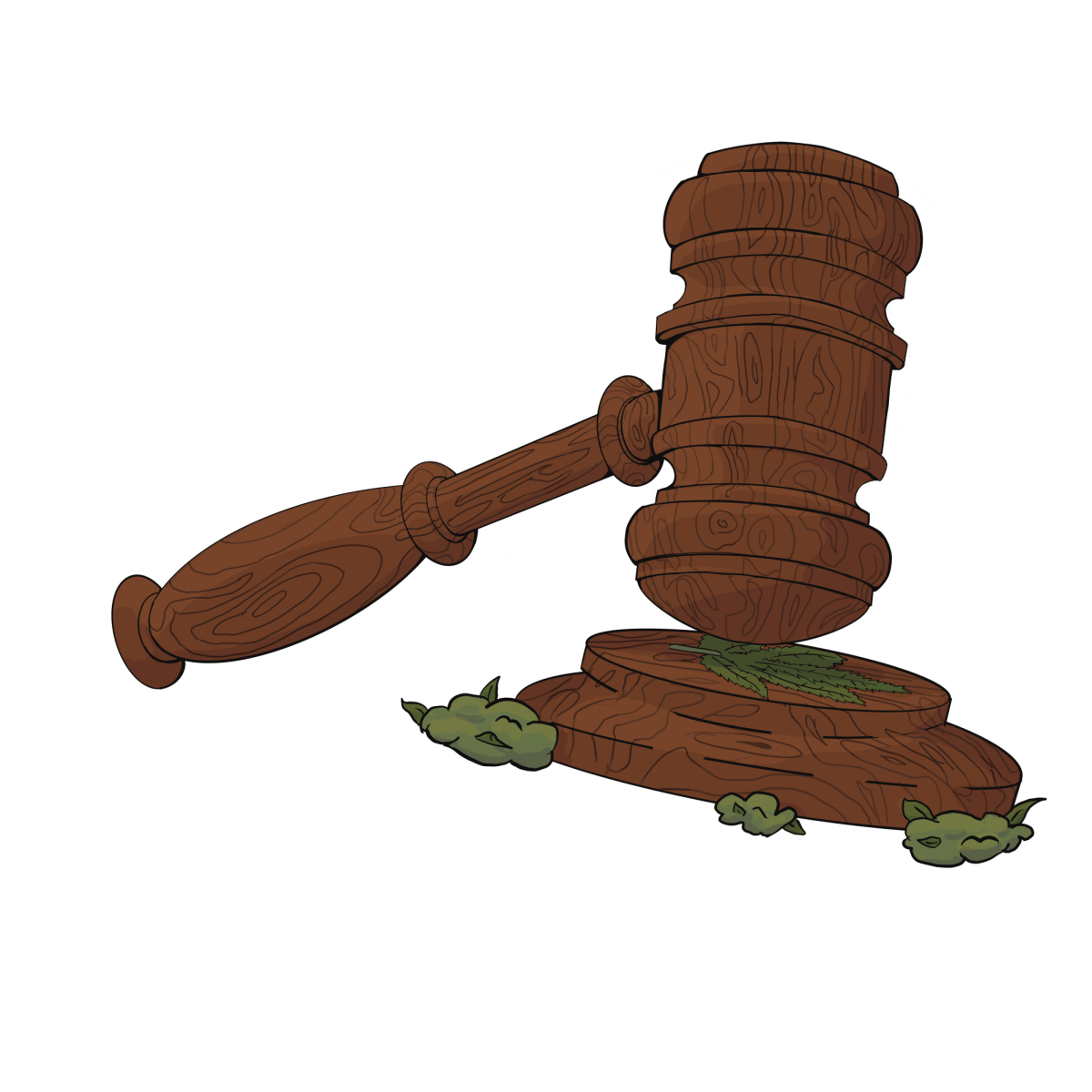




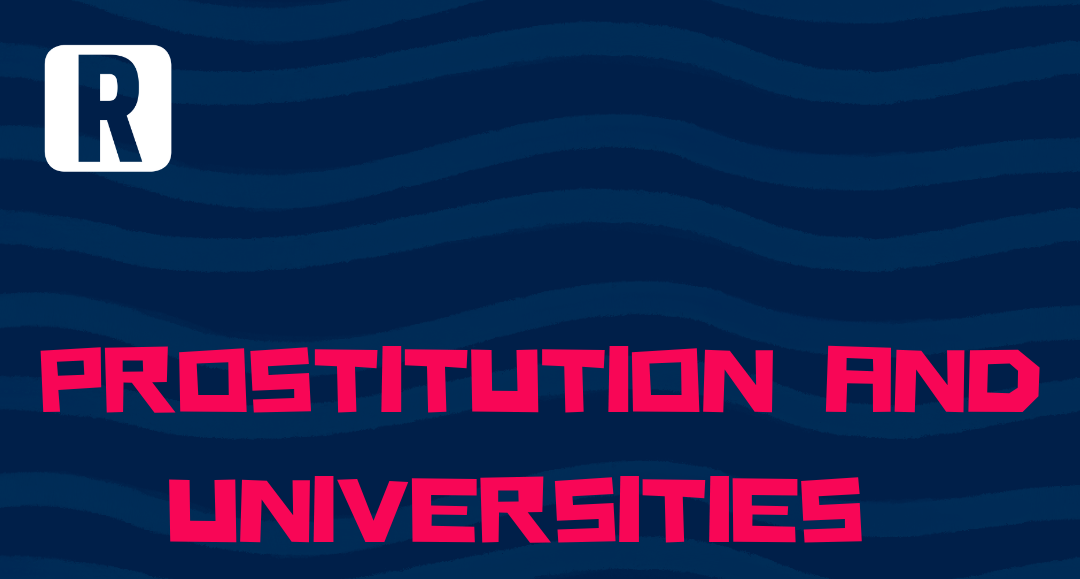

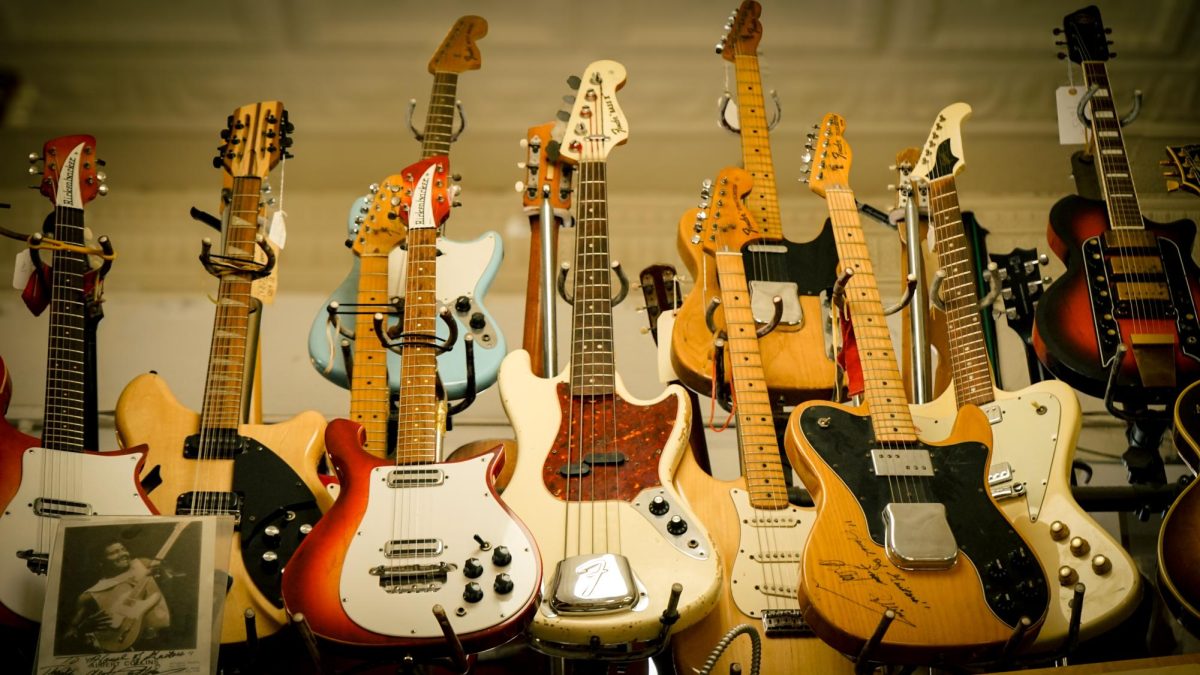
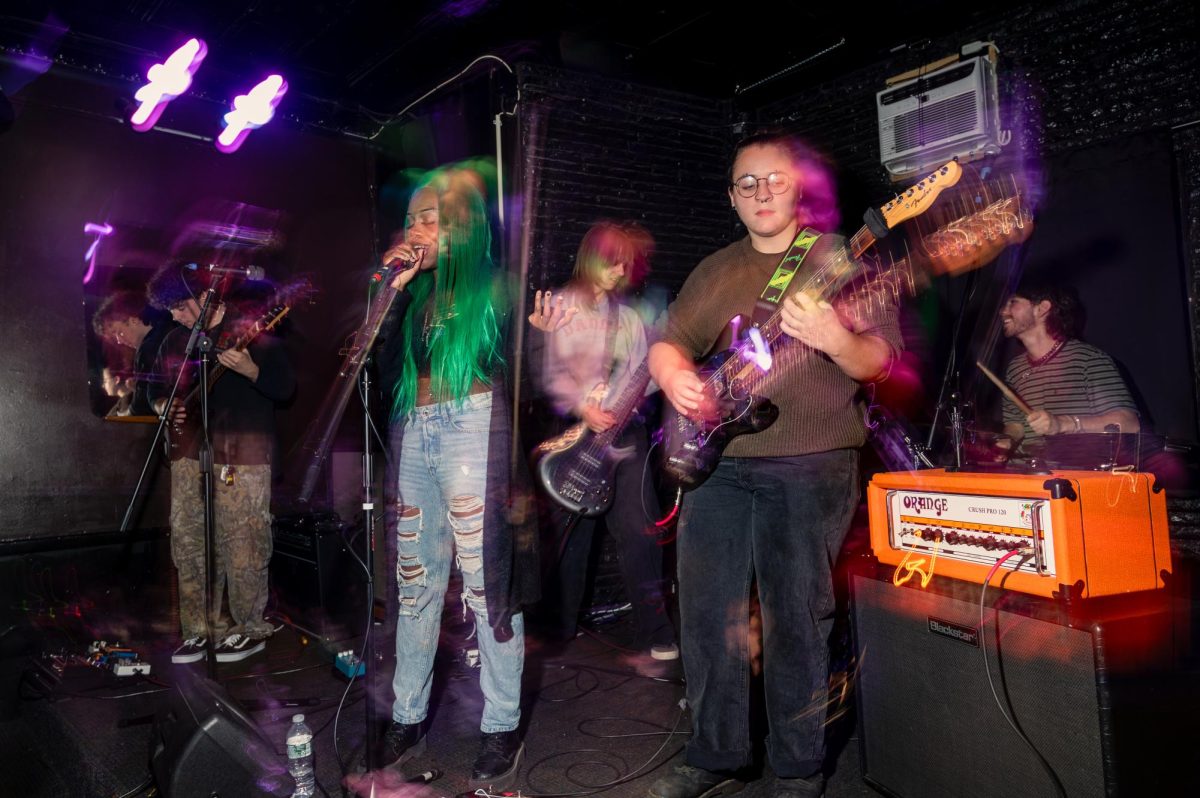


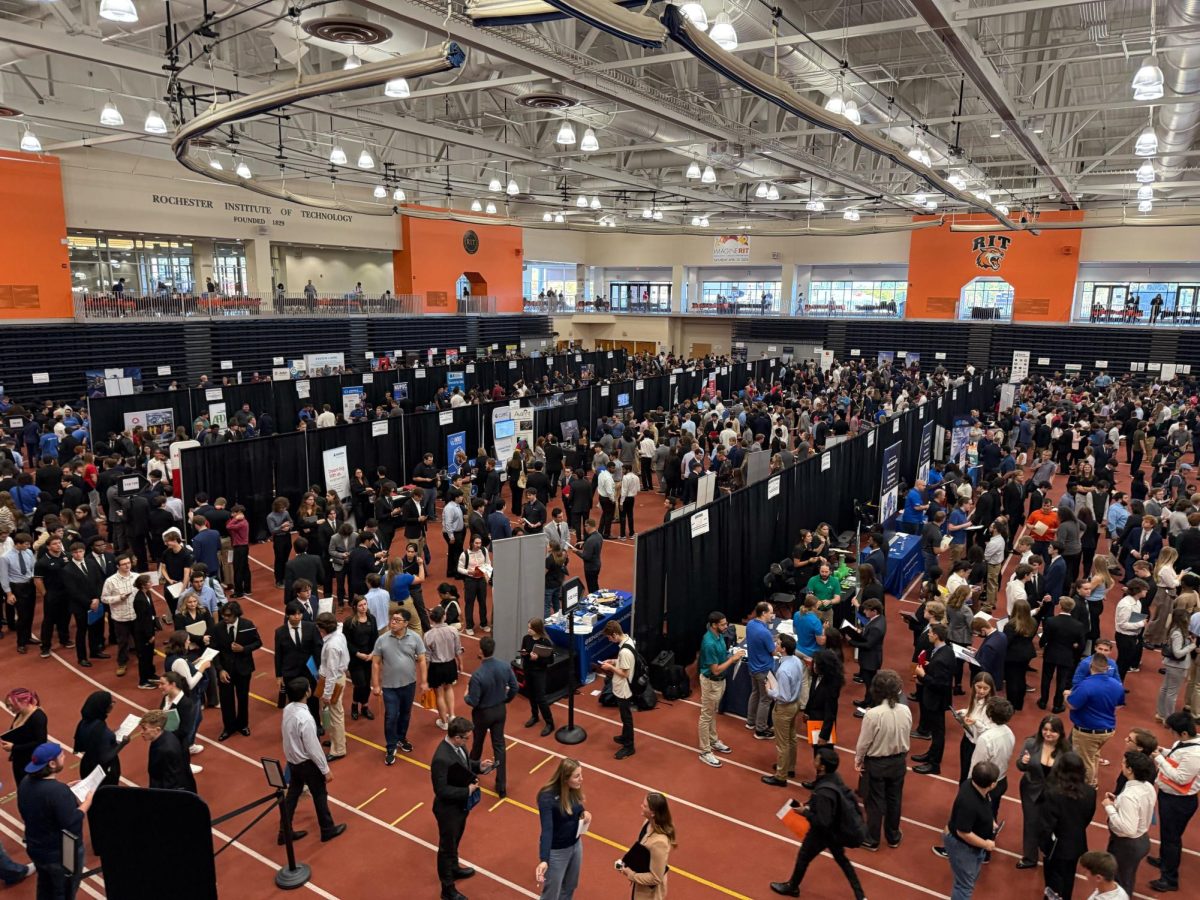

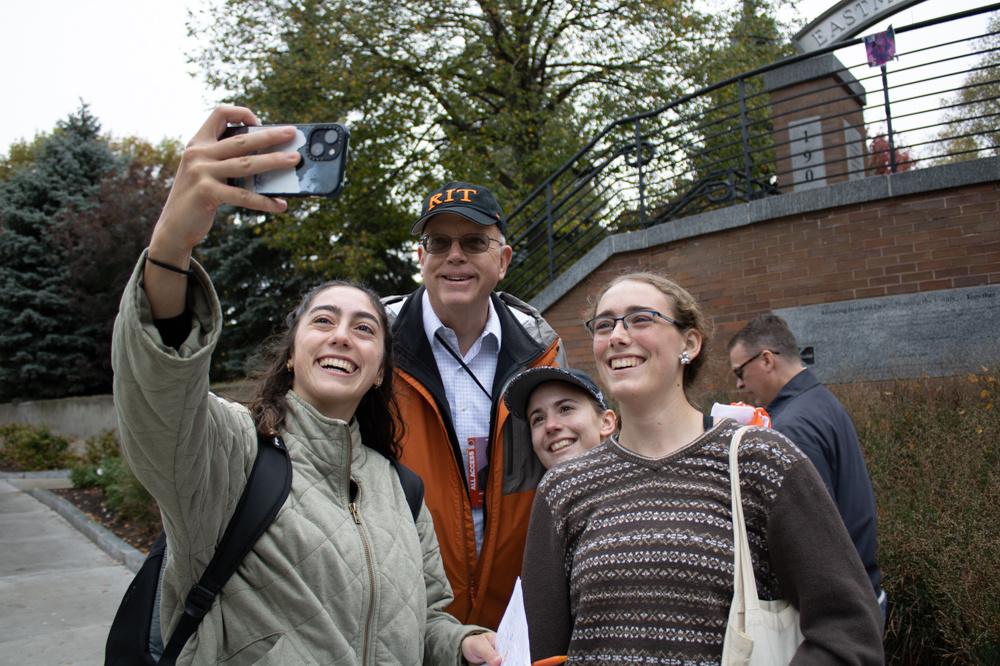

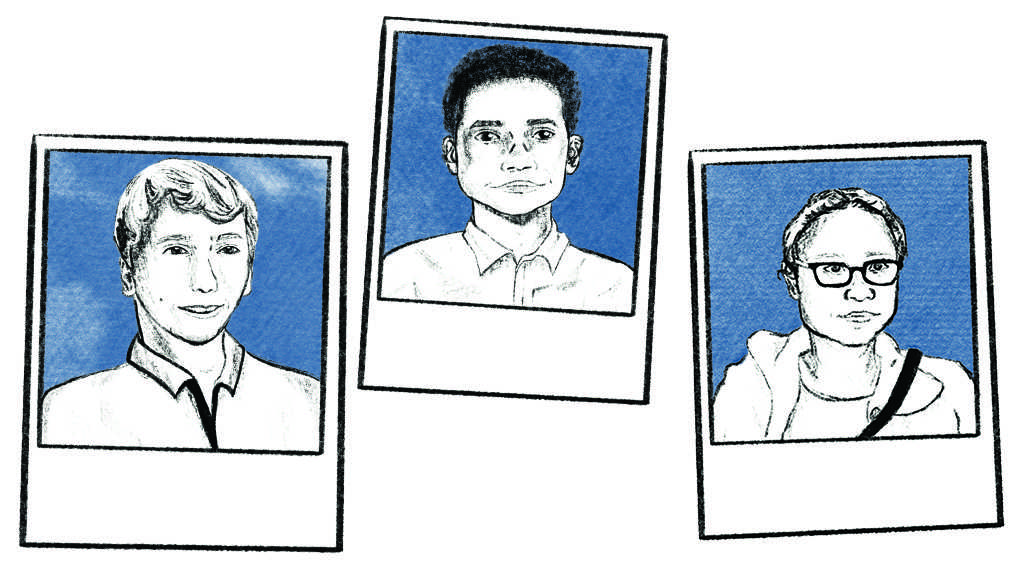


Konner • Oct 28, 2025 at 12:43 pm
PEAK